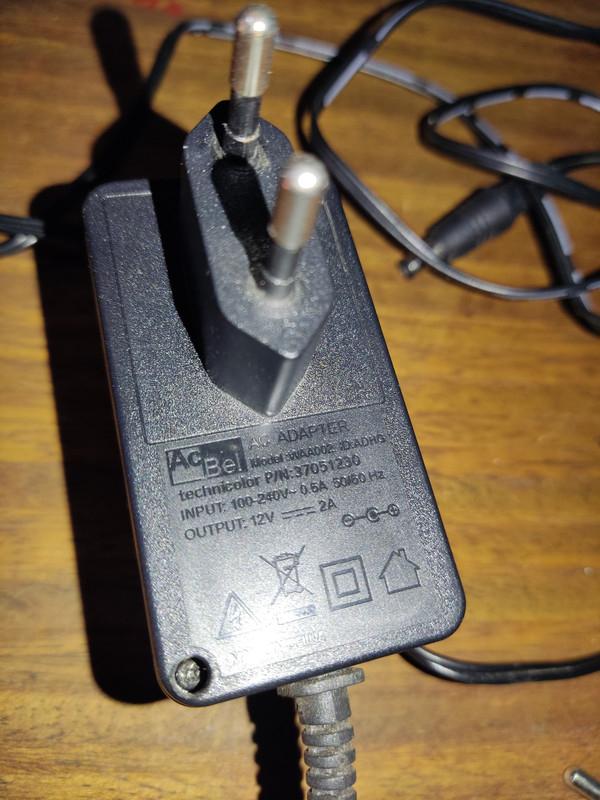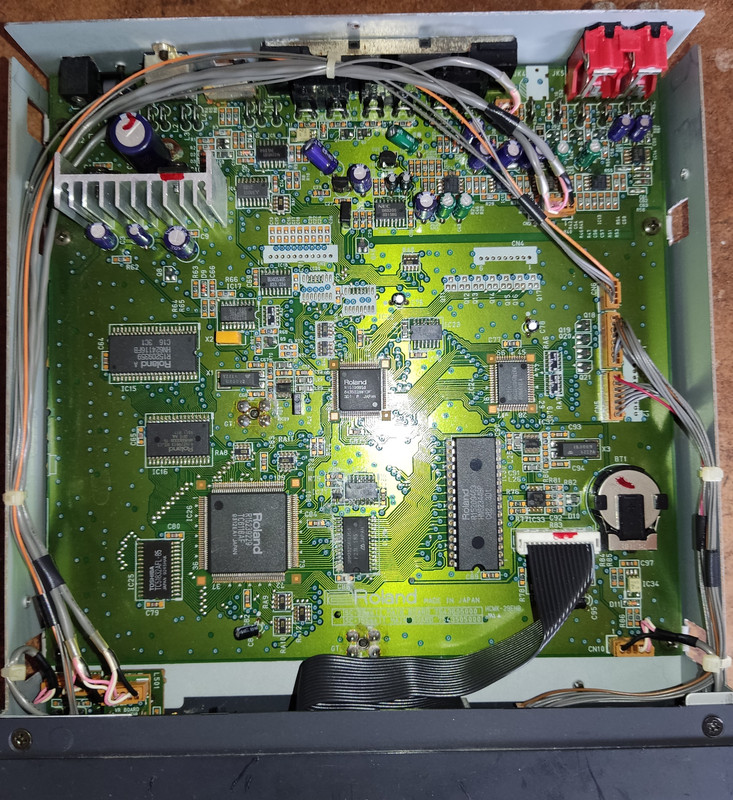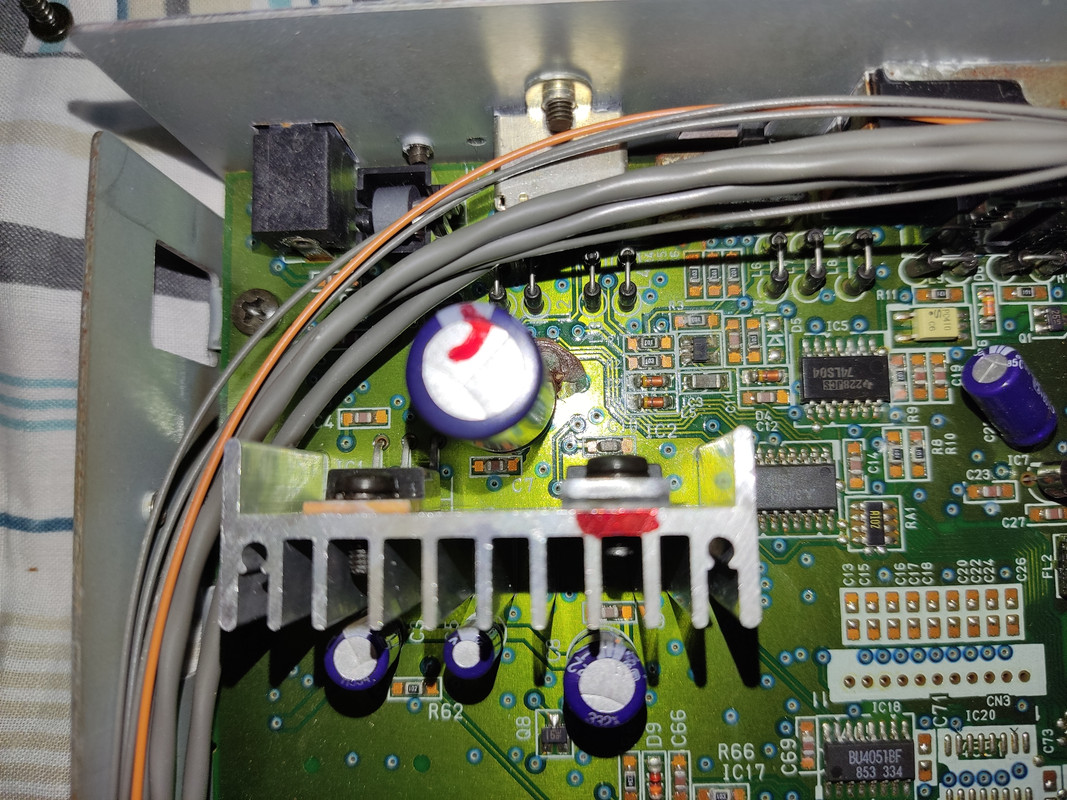Shreddoc wrote:First things first. Stop trying out different power supplies. Immediately, my friend. You can easily damage equipment by using the wrong power supply with it, even once. Never use that "try out a bunch of supplies, and see which one works" method again, with any equipment.
Well, this same thing i made in my MU1000 the last year, but as i say, back then, i didn't notice about polarity, neither amperage, only the voltage. Good thing they were all center positive, in fact, the first that i used is of my Yamaha keyboard, until i get a Yamaha power adapter, but a days ago, i noticed that the adapter is 700mA, less than requires the unit (2A), and i worried that, because due to the lower amperage the equipment can be damaged. I stopped using it, but luckily, i found in home an adapter, that is not Yamaha, but complies accurately what is required (12v - 2A - center positive) (all this time was at home that adapter and never i noticed... i feel stupid).
I leave a pic of him to confirm.
Pic

Shreddoc wrote:Second: You MUST use ONLY an adapter meeting ALL of the following specifications:
Voltage = 9 volts
Polarity = center-negative
C […]
Show full quote
Second: You MUST use ONLY an adapter meeting ALL of the following specifications:
Voltage = 9 volts
Polarity = center-negative
Current = 1.0A (or 1000mA) is ideal, higher (or slightly lower) is ok.
My advice. Get ^one. Test the unit with it.
I will get the PSB-120, has a design that i don't like much, but is the only one that is center negative, while all the ones that i find are center positive, but besides this is 2A (more than you recommended), is suitable?
Shreddoc wrote:If it doesn't work with that correct adapter, then you've possibly done some damage by your earlier usage of incorrect adapters. The good news: that damage probably wouldn't be major - just one diode if you're lucky, a relatively quick repair for a skilled soldering iron.
Is good to know that. Well, i will test with the PSB-120. I will save that post. Thanks for the advices, i'll keep it in mind, so i don't make the same mistake when i get another retro synth. Thanks!



